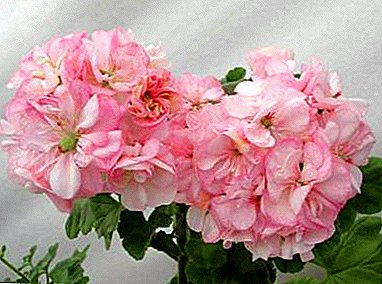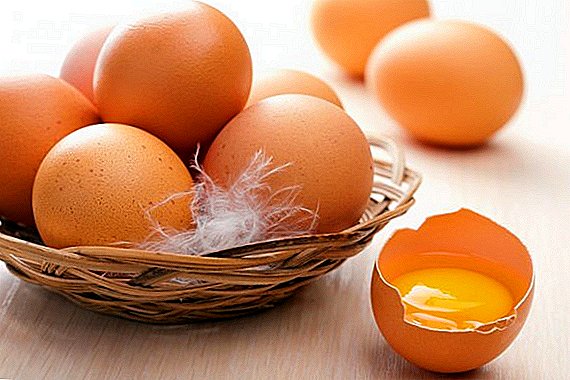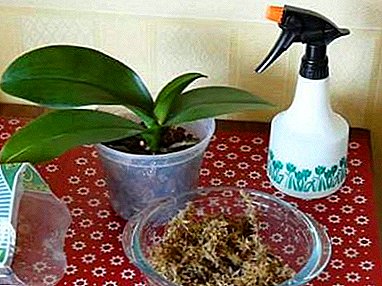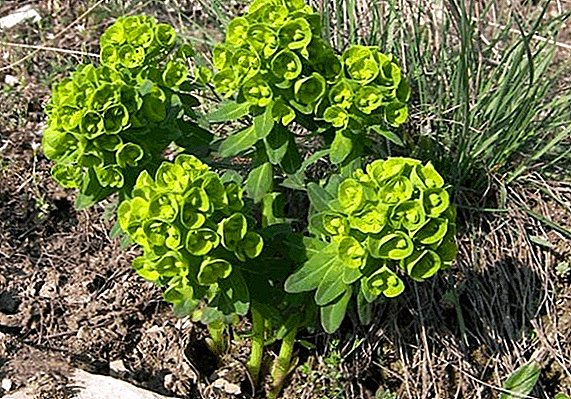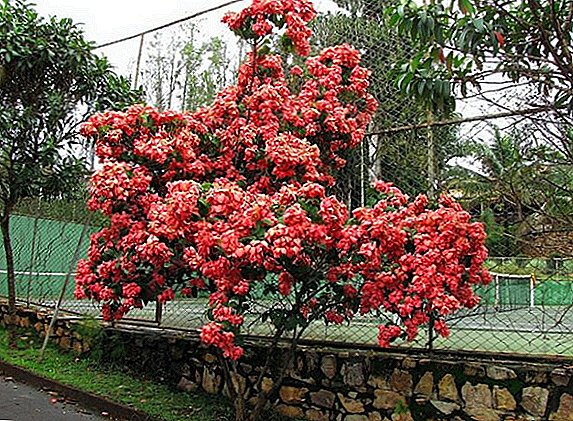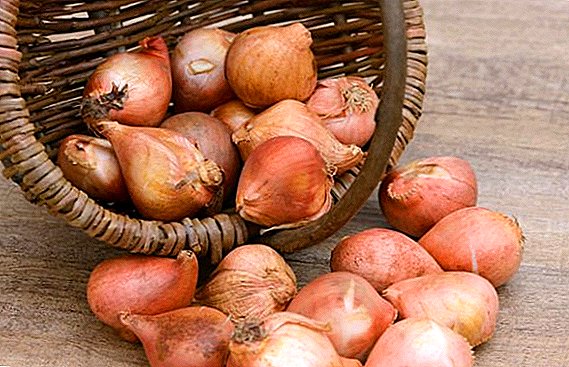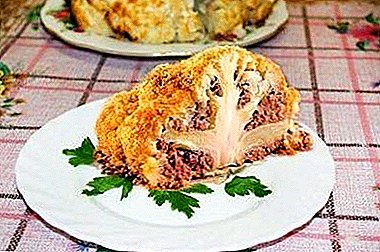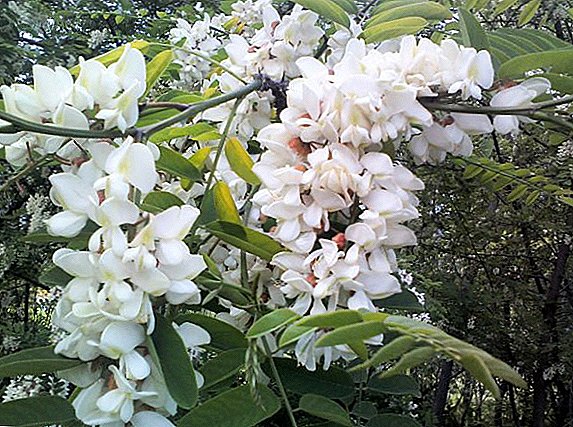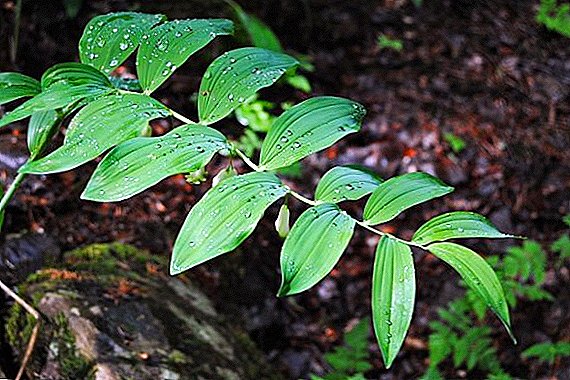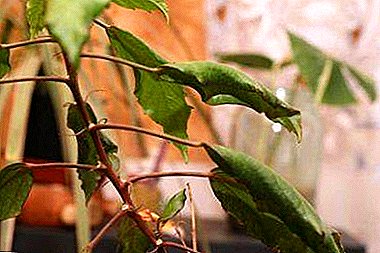
Hibiscus are one of the most beautiful plants that are popular in many countries. Often this plant is called the Chinese rose, because it was in this country that the flowers turned out to be cult. Almost all flower growers decorate their offices and houses with huge flowerpots with hibiscuses. This plant looks luxurious, blooms long enough and does not need special care.
A Chinese rose will feel healthy only when it receives a sufficient amount of lighting, moisture and heat. If at least one component of proper care is absent, then problems with leaves or roots can appear. Often there are pests that also worsen the condition of the plant. The most common problem with hibiscus is leaf curling.
Root causes and photo problems
Deformation of leaflets can be caused by several violations at once. The most common include the presence of pests or diseases, but also plays an important role improper care for indoor plants.
Before starting treatment, it is necessary to find out exactly what caused the leaves to twist, because each of the existing causes requires an individual approach.
Below you will see what a plant looks like with twisted leaves:



Pests
Chinese rose is sufficiently resistant to various pests., but before the defeat of spider mites or aphids, the plant can not always resist. It is necessary to carefully review the bottom of the sheets.
- Aphids and mites live in small colonies, so it's impossible not to notice them.
- The spider mite fully justifies its name, because it weaves the damaged areas with a slightly visible web. If the twisting of the sheets in hibiscus is caused by these pests, then it is necessary to spray the flower with a soap solution. This procedure should be repeated several times.
- If the leaves are rapidly twisting and falling, then this indicates the presence of scythos. Scrubbers are cleaned with a conventional brush or rag moistened with alcohol solution. Alcohol solution can be replaced by soap.
Infectious chlorosis
Often in leaves of the Chinese rose, the amount of chlorophyll decreases, so they begin to curl. A disease such as infectious chlorosis is mainly carried by pests. Most often such carriers are ticks, aphids and thrips. First of all, it is necessary to get rid of unwanted pests, then water the plant with a solution of iron chelate and ferrous sulfate.
Priming
Hibiscus needs a primer that will be well permeable to air and moisture. For successful cultivation of such a plant, commercial peat-based soils are not quite suitable. In this case, the leaves may begin to curl, and the plant will die as a result. It is necessary to add leaf humus, which makes the soil moisture-consuming. The addition of sand or turfy soil also has a great effect on the soil.
Fertilizers
In order for the Chinese rose to grow normally and blossom, it needs a lot of copper, iron, magnesium and potassium. If the plant began to curl the leaves, this may indicate a lack of trace elements. It is necessary to fertilize the soil with special substances as soon as possible.
Watering
 If the flower is constantly in a room with sufficiently dry air, this will surely provoke a quick curling of the leaves. It is not recommended to allow low levels of moisture in the room. You can put a tray with wet sand near the potter’s.
If the flower is constantly in a room with sufficiently dry air, this will surely provoke a quick curling of the leaves. It is not recommended to allow low levels of moisture in the room. You can put a tray with wet sand near the potter’s.
As soon as the sun's rays fall on it, the moisture begins to evaporate, which will positively affect the growth of hibiscus. It is worth noting that to raise the humidity of the air you need to use only filtered water. It is also recommended to spray the leaves of this plant every few weeks, but only very carefully.
Lighting
The main enemies of the Chinese rose are direct sunlight. The plant is very fond of light, but from such rays it can burn leaves, especially if the flower was in shade most of the time, and then hit the sun.
Many gardeners recommend paying particular attention to lighting., because not only the problem of leaf curling, but also the general condition of the plant depends on it. You need to put hibiscus in a place where there would be a lot of light, but not very hot. It should be as often as possible to water the plant and ventilate the room.
Temperature
Inadequate content of hibiscus in a cold room leads to leaf curl. Optimum temperature readings should not be below the mark of 18-21 ºC. Hypothermia causes drafts, so you need to choose the right place where the plant will stand.
Twisting the leaves of a Chinese rose is a serious problem, of course, but you can easily cope with it., if you know the true cause of its occurrence. Taking the right measures of treatment can restore the former beauty and health to the plant without any problems. Hibiscus will then very long please the owner with its lush crown and beautiful flowers.


